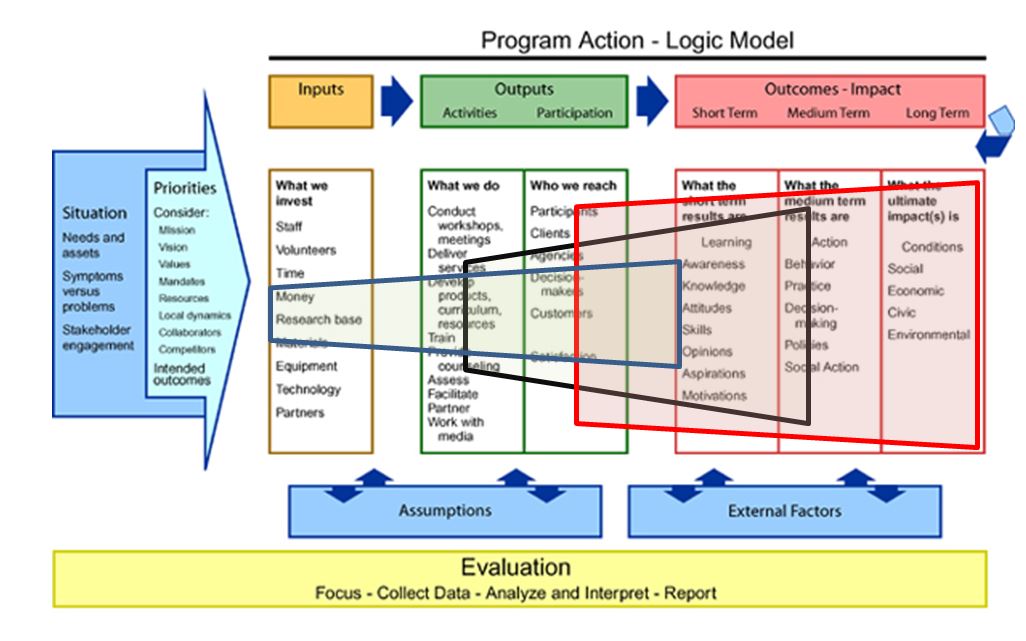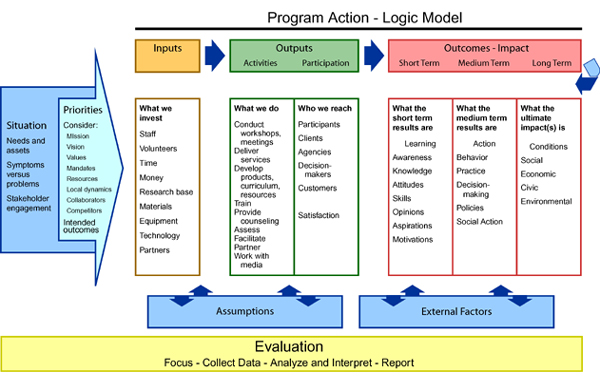In most sales and marketing schemes we like to build what we call a Sales Funnel or Marketing Funnel. In the service world, we have learned to create customer journey maps. Both serve the purpose of trying to manipulate a customer through this selective path to arrive at the ultimate goal that WE DESIRE FOR OUR CUSTOMER. I have discussed this before, but the biggest problem I see in this train of thought, outside of thinking that we can manipulate the customer, is that we narrow our customer base.
A traditional marketing funnel depicts this wide opening at the top, and we selectively exclude those undesirables that have no intention to buy anything anyway. Another type of thought process is that we flip the funnel and concentrate on referrals and present customers to grow our market share. I am more intrigued by that thought process but not completely sold on it.
I align myself with Peter Drucker’s thinking, “The Purpose of a Business is to create a Customer”.
Why would we create funnels that narrow the opportunity to create a customer? Why would we market too many to find a few? I just struggle with that line of thinking. When we market this way, we reach beyond our capabilities to find prospects so that we can have that select few that buy. Not only is this expensive, but it does not always assure that we get the right prospects/customers buying.
Why don’t we create Funnels of Opportunity for us as suppliers versus Funnels of Exclusion for buyers? I seldom use a map of any sort for building a marketing scheme. I use what you could call an Outcome Based Map or something very similar to a Program Logic Model in outlining a scheme. The best map I have found resembling what I do is created by the University of Wisconsin Extension. At their site, you can download the model both in PDF and Excel and access an excellent teaching and training guide.
This is not a perfect depiction of what I might create, but it is close enough for this discussion. A quick outline:
- Situation: We create our current state.
- Priorities: We list what is important to us and what we want to accomplish or our intended outcomes.
- Inputs: Are what we want to invest. I like to look at this as time, money and skill.
- Outputs: Are what we will do, events, etc. and who will participate. Participation includes both internal and external organizations.
- Outcomes: What are short term, intermediate term and long term results we hope to achieve with the people we impact.
- Assumptions: Are inputs and outputs are assumptions on what we think will work to achieve our outcomes.
- External Factors: Who or what else influences are desired outcomes.
- Evaluation: How we will evaluate the internal and external process across the entire system.
After we build the model, I lay the Funnels of Opportunity across the structure or canvas. The Blue Funnel depicts us or the organization of ownership. It is our canvas. The Black Funnel is boundary partners that we have the ability to influence directly. The Red Funnel is users or customers. Some of these users we have direct influence, others we have influence from our partners and others are yet to be found. We work from what we do well, our core, and seek partners and customers that we have the ability to influence. This is an over simplification, but it is relatively a simple process.
 It is a strength based way of marketing and relies on some of those Appreciative Inquiry terms like SOAR vs. SWOT and instead of looking for Root Causes of Problems we look for Root Causes of Success. We expand on opportunities presented versus narrowing a wide playing field. We look for opportunities on a continuous basis with people that are likely partners. It may be just a different way of wording what we presently do. However, I found this approach is very complementary to Service Dominant Logic and other trends that view success from platform building versus brand building. What do you think; is it easier to market towards opportunity?
It is a strength based way of marketing and relies on some of those Appreciative Inquiry terms like SOAR vs. SWOT and instead of looking for Root Causes of Problems we look for Root Causes of Success. We expand on opportunities presented versus narrowing a wide playing field. We look for opportunities on a continuous basis with people that are likely partners. It may be just a different way of wording what we presently do. However, I found this approach is very complementary to Service Dominant Logic and other trends that view success from platform building versus brand building. What do you think; is it easier to market towards opportunity?

